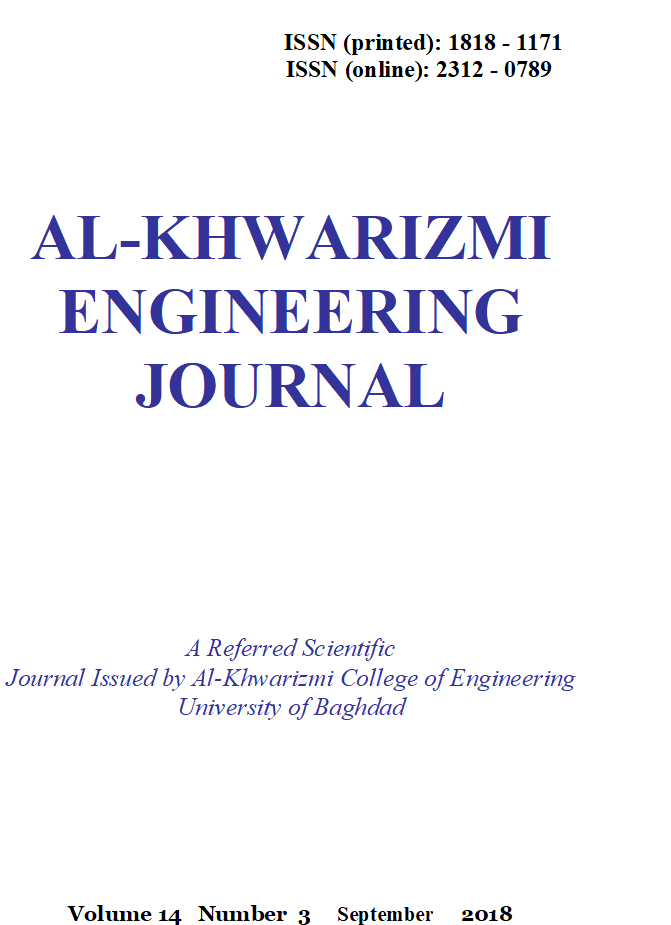Abstract
The fall angle of sun rays on the surface of a photovoltaic PV panel and its temperature is negatively affecting the panel electrical energy produced and efficiency. The fall angle problem was commonly solved by using a dual-axis solar tracker that continually maintains the panel orthogonally positioning to the sun rays all day long. This leads to maximum absorption for solar radiation necessary to produce maximum amount of energy and maintain high level of electrical efficiency. To solve the PV panel temperature problem, a Water-Flow Double Glazing WFDG technique has been introduced as a new cooling tool to reduce the panel temperature. In this paper, an integration design of the water glazing system with a dual-axis tracker has been accomplished and experimentally tested in order to enhance the PV panel efficiency, especially at hot climates. The proposed glazing system can simultaneously perform two functions, firstly, working as a cooling tool for reducing the stored heat in the PV panel during its work and secondly as an optical filter for sun light spectrum. Optimum design factors with their levels for the glazing system were calculated according to Taguchi method. Test experiments were carried out in Baghdad city on the 20th and 21st July 2016 on the tracker with and without using the WFDG system. The obtained results show that, the PV panel temperature with using the WFDG system was significantly dropped by 44% and its efficiency increased maximally by 36.6% at solar irradiance of 1213W/m2 as compared with conventional one.

This work is licensed under a Creative Commons Attribution 4.0 International License.
Copyright (c) 2018 Al-Khwarizmi Engineering Journal





